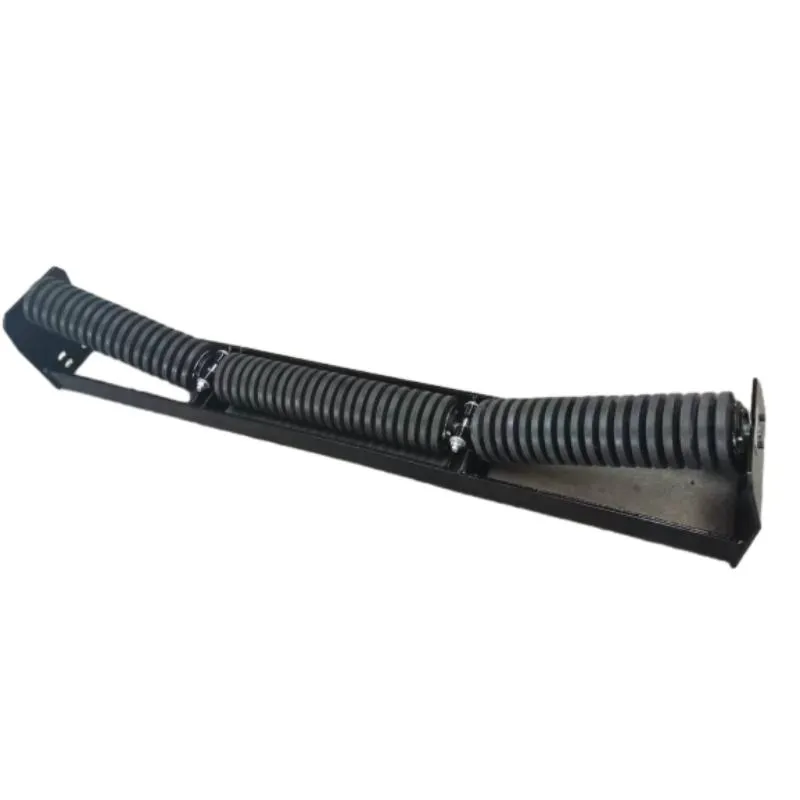 Afrikaans
Afrikaans  Albanian
Albanian  Amharic
Amharic  Arabic
Arabic  Armenian
Armenian  Azerbaijani
Azerbaijani  Basque
Basque  Belarusian
Belarusian  Bengali
Bengali  Bosnian
Bosnian  Bulgarian
Bulgarian  Catalan
Catalan  Cebuano
Cebuano  Corsican
Corsican  Croatian
Croatian  Czech
Czech  Danish
Danish  Dutch
Dutch  English
English  Esperanto
Esperanto  Estonian
Estonian  Finnish
Finnish  French
French  Frisian
Frisian  Galician
Galician  Georgian
Georgian  German
German  Greek
Greek  Gujarati
Gujarati  Haitian Creole
Haitian Creole  hausa
hausa  hawaiian
hawaiian  Hebrew
Hebrew  Hindi
Hindi  Miao
Miao  Hungarian
Hungarian  Icelandic
Icelandic  igbo
igbo  Indonesian
Indonesian  irish
irish  Italian
Italian  Japanese
Japanese  Javanese
Javanese  Kannada
Kannada  kazakh
kazakh  Khmer
Khmer  Rwandese
Rwandese  Korean
Korean  Kurdish
Kurdish  Kyrgyz
Kyrgyz  Lao
Lao  Latin
Latin  Latvian
Latvian  Lithuanian
Lithuanian  Luxembourgish
Luxembourgish  Macedonian
Macedonian  Malgashi
Malgashi  Malay
Malay  Malayalam
Malayalam  Maltese
Maltese  Maori
Maori  Marathi
Marathi  Mongolian
Mongolian  Myanmar
Myanmar  Nepali
Nepali  Norwegian
Norwegian  Norwegian
Norwegian  Occitan
Occitan  Pashto
Pashto  Persian
Persian  Polish
Polish  Portuguese
Portuguese  Punjabi
Punjabi  Romanian
Romanian  Russian
Russian  Samoan
Samoan  Scottish Gaelic
Scottish Gaelic  Serbian
Serbian  Sesotho
Sesotho  Shona
Shona  Sindhi
Sindhi  Sinhala
Sinhala  Slovak
Slovak  Slovenian
Slovenian  Somali
Somali  Spanish
Spanish  Sundanese
Sundanese  Swahili
Swahili  Swedish
Swedish  Tagalog
Tagalog  Tajik
Tajik  Tamil
Tamil  Tatar
Tatar  Telugu
Telugu  Thai
Thai  Turkish
Turkish  Turkmen
Turkmen  Ukrainian
Ukrainian  Urdu
Urdu  Uighur
Uighur  Uzbek
Uzbek  Vietnamese
Vietnamese  Welsh
Welsh  Bantu
Bantu  Yiddish
Yiddish  Yoruba
Yoruba  Zulu
Zulu Rubber Coated Conveyor Drive Rollers for Enhanced Traction and Durability in Material Handling
The Importance and Benefits of Rubber-Coated Conveyor Drive Rollers
In the modern industrial landscape, efficiency and reliability are paramount for effective operations. Conveyor systems are a backbone of diverse industries, from manufacturing to logistics, playing a crucial role in the transportation of goods. At the heart of these systems are conveyor drive rollers, which help in the smooth and reliable movement of materials. Among various types of rollers, rubber-coated conveyor drive rollers stand out due to their numerous advantages in enhancing performance and durability.
What are Rubber-Coated Conveyor Drive Rollers?
Rubber-coated conveyor drive rollers are cylindrical components that are covered with a layer of rubber. This design serves multiple functions, primarily enhancing grip and reducing slippage. These rollers are often used in applications where a secure hold on the conveyed materials is critical, such as in packaging, automotive assembly, and food processing industries.
Advantages of Rubber-Coated Drive Rollers
1. Enhanced Traction One of the most significant benefits of rubber-coated rollers is their improved traction. The rubber surface increases the friction between the roller and the materials being transported, thereby minimizing slippage. This is particularly important in applications involving inclined conveyors where materials might otherwise roll back due to gravity.
2. Noise Reduction Unlike metal rollers, rubber-coated rollers help in reducing operational noise. The inherent damping properties of rubber absorb vibrations and sound, creating a quieter working environment. This is beneficial not only for worker comfort but also for meeting regulatory standards for noise levels in industrial settings.
3. Protection Against Damage The rubber coating acts as a cushion, protecting both the roller and the items being transported. This is especially vital for fragile goods that could be damaged by hard surfaces. By providing a softer surface, rubber-coated rollers prevent dents, scratches, and other forms of damage, ensuring that products arrive at their destination in optimal condition.
rubber coated conveyor drive rollers

4. Corrosion Resistance Rubber coatings can enhance the resistance of rollers to corrosion and wear, particularly in environments where moisture or chemicals are prevalent. This durability extends the life of the rollers and reduces the need for frequent replacements, leading to significant cost savings for businesses.
5. Versatility in Applications Rubber-coated conveyor drive rollers can be used across a variety of industries and applications, making them a versatile choice. Whether in food handling, warehousing, or automotive assembly, these rollers can adapt to different materials and environments. Their customizable designs allow for modifications in thickness, hardness, and type of rubber to suit specific operational needs.
6. Ease of Maintenance Maintenance is a critical aspect of conveyor systems, and rubber-coated rollers often require less upkeep compared to their metal counterparts. The rubber surface is easier to clean and maintain, ensuring that the rollers function efficiently over time. Additionally, the reduced wear and tear translate to lower maintenance costs and operational downtime.
7. Improved Energy Efficiency The enhanced grip of rubber-coated rollers allows for smoother operation and reduces the power required to drive the conveyor system. This energy efficiency can result in lower utility bills and a reduced carbon footprint, aligning with modern sustainability goals for businesses.
Conclusion
Rubber-coated conveyor drive rollers are an essential component of efficient and effective conveyor systems. Their unique properties provide significant advantages in terms of traction, noise reduction, product protection, and corrosion resistance. As industries continue to seek ways to enhance productivity and sustainability, the adoption of rubber-coated rollers becomes increasingly advantageous.
Investing in high-quality rubber-coated conveyor drive rollers can lead to improved operational efficiency, lower maintenance costs, and a better working environment. As the technology behind these components advances, we can expect even more innovations that will further enhance their functionality and applicability across various sectors. In summary, these rollers are not just a functional necessity but an integral part of optimizing industrial processes in today’s fast-paced economic environment.
-
Revolutionizing Conveyor Reliability with Advanced Rubber Lagging PulleysNewsJul.22,2025
-
Powering Precision and Durability with Expert Manufacturers of Conveyor ComponentsNewsJul.22,2025
-
Optimizing Conveyor Systems with Advanced Conveyor AccessoriesNewsJul.22,2025
-
Maximize Conveyor Efficiency with Quality Conveyor Idler PulleysNewsJul.22,2025
-
Future-Proof Your Conveyor System with High-Performance Polyurethane RollerNewsJul.22,2025
-
Driving Efficiency Forward with Quality Idlers and RollersNewsJul.22,2025





























